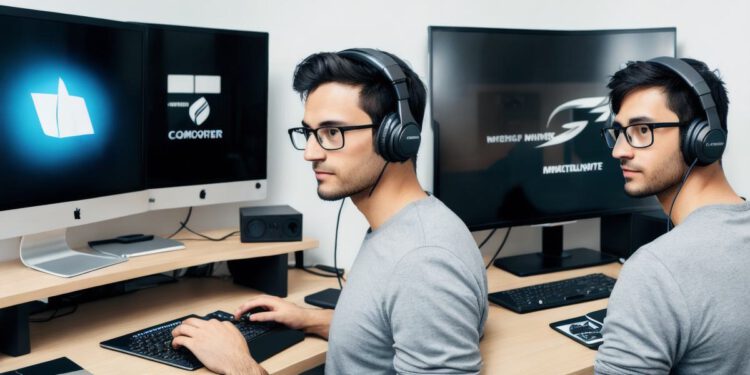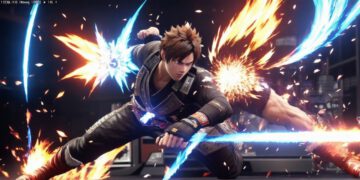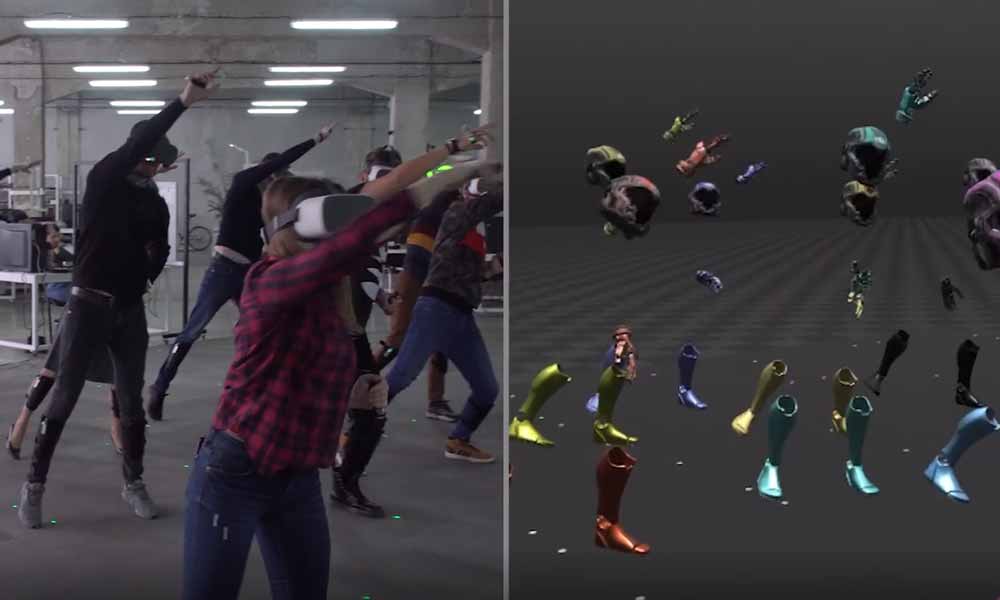Introduction:
Are you tired of lagging or stuttering while playing games? Do you want to make sure your computer is running at peak performance? Then it’s time to check your CPU (Central Processing Unit) and GPU (Graphics Processing Unit). In this article, we will guide you through how to do this and troubleshoot any issues that may arise.
CPU Performance:
The CPU is the brain of your computer and is responsible for processing all the instructions your computer receives. To check your CPU performance, open up Task Manager by pressing Ctrl+Shift+Esc on Windows or Cmd+Space on Mac. In the Processes tab, look for "cpu(s)" and see what percentage it’s running at. If it’s running above 80%, you may need to upgrade your CPU. Additionally, check the performance tab and look for the "CPU" section. This will show you how many cores and threads your CPU has, as well as its clock speed.
GPU Performance:
The GPU is responsible for rendering graphics and displaying them on your monitor. To check your GPU performance, open up Task Manager or use a third-party application such as MSI Afterburner. Look for the GPU section and see what percentage it’s running at. If it’s running above 80%, you may need to upgrade your GPU. Additionally, check the memory usage of your GPU by looking for the "Memory" section. If it’s running low on memory, you may need to upgrade your RAM.
Compatibility Issues:
If your CPU and GPU are compatible with each other, then there shouldn’t be any compatibility issues. However, if you have an older CPU and a newer GPU, there may be issues with drivers or software compatibility. Additionally, some games may require specific CPU or GPU requirements to run smoothly. Be sure to check the system requirements before purchasing a new game.
Troubleshooting Issues:
If you’re having performance issues, there are several troubleshooting steps you can take. First, make sure your computer is running the latest drivers for both your CPU and GPU. Additionally, check for any overheating issues by looking at the temperature readings in Task Manager or using a third-party application such as Core Temp. If your temperatures are high, you may need to clean your computer’s fans or upgrade to a better cooling system. Finally, make sure your computer is running on a solid-state drive (SSD) rather than a hard disk drive (HDD). SSDs can significantly improve load times and overall performance.
FAQ:
Q: What is the difference between CPU and GPU?
A: The CPU processes all the instructions that your computer receives, while the GPU is responsible for rendering graphics and displaying them on your monitor.
Q: How do I know if my CPU and GPU are compatible with each other?
A: Check the manufacturer’s website or consult a professional to ensure compatibility.
Q: What can I do if I’m having performance issues with my computer?
A: Make sure your computer is running the latest drivers, check for overheating issues, and upgrade to an SSD if possible.
Conclusion:
By checking your CPU and GPU performance and troubleshooting any issues that may arise, you can ensure that your computer is running at peak performance and providing a smooth gaming experience. Remember to always consult the manufacturer’s website or seek professional advice when making upgrades or changes to your computer. Happy gaming!









